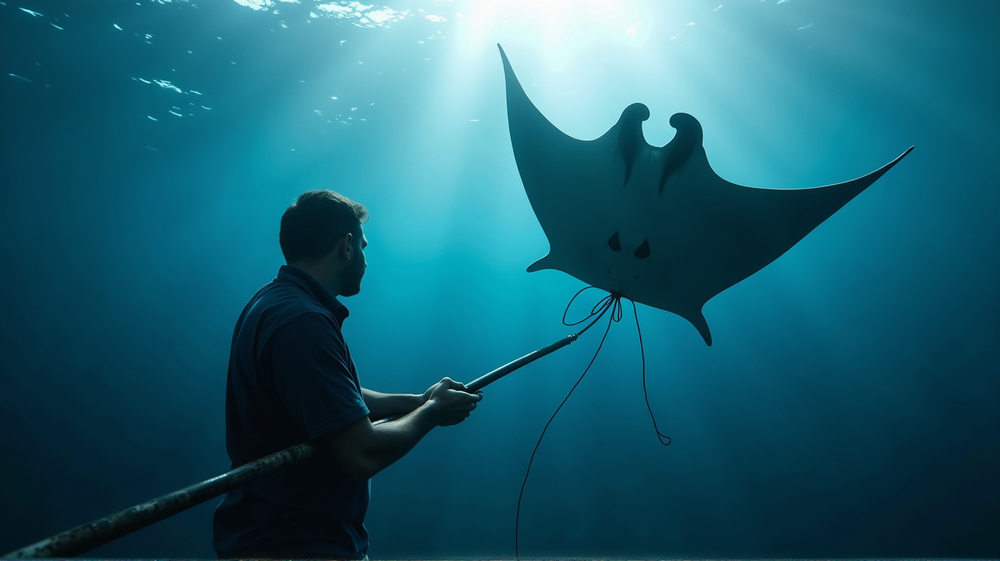In a groundbreaking partnership between passionate marine biologists and dedicated fishers, an inventive solution has emerged to address the accidental bycatch of manta and devil rays, majestic creatures whose lives are threatened in the web of commercial fishing. The collaboration has led to the development of a new device—a sorting grid that holds promise not just for conservationists but for the entire future of sustainable fishing.
A Lifesaving Challenge
Efforts to protect manta and devil rays have faced numerous hurdles. These diamond-shaped fish, gliding as gracefully as underwater ballerinas, are often ensnared in purse seine nets—massive fishing nets designed for tuna. Once caught, the rays find themselves in grave danger, as their survival hinges on rapid release back into the ocean.
The statistics paint a dire picture: According to the International Seafood Sustainability Foundation, over 13,000 manta rays find themselves caught annually. Many of these species, such as the oceanic manta rays, boast wingspans reaching almost seven meters and can weigh as much as a small car, making the task of handling these gentle giants daunting.
From Idea to Innovation
Melissa Cronin, a marine ecologist from Duke University, along with an inspired team, spent months at sea to study and test possible interventions. The answer emerged in a simple yet ingenious solution—a grid system. The concept, birthed from the insights of fishers who encountered these rapturous creatures daily, takes the form of a grid set over the hatch where the fish are processed. This grid acts much like a strainer, allowing sleek tunas to slip through while gently capturing the rays.
Crafting the Solution
In refining this design, conservationists and fishers opted for durability, constructing the grid from robust stainless steel tubes and ropes. This device not only ensures the rays remain unscathed but also facilitates a safer environment for fishers. “The mobula is the pasta and the fish are like the water,” explains Cronin, encapsulating the brilliance in simplicity.
By involving the fishing community in the process, the grid design has evolved into a practical, easy-to-use mechanism integrated into the very vessels that once posed a threat to these majestic creatures.
Hope on the Horizon
As the tests on vessels from 2022 to 2024 revealed, not only does this grid aid in the quick and efficient release of larger rays, but it also shows great potential in preserving the lives of these ancient, pivotal species. Specialists like Brendan Godley from Exeter herald this innovation as a significant stride in bycatch reduction.
In the orchestration of tides saving manta rays, the message is clear: Sustainable solutions are possible when science and industry sail together toward common goals. As stated in Science News, every effort, big or small, composes the larger symphony of preserving our ocean’s echoing beauty.
Through this collaborative endeavor, not only does the promise of preservation loom large, but so does the hope of populating the seas with these gentle giants for generations to come.












